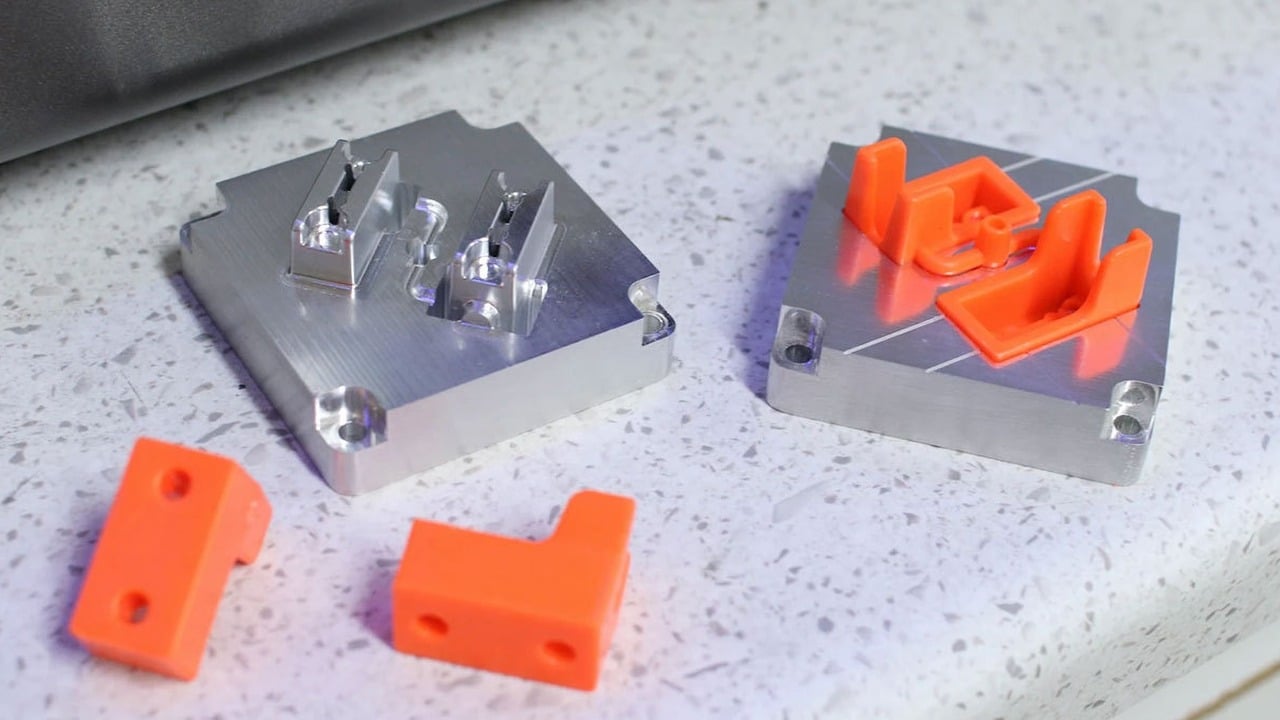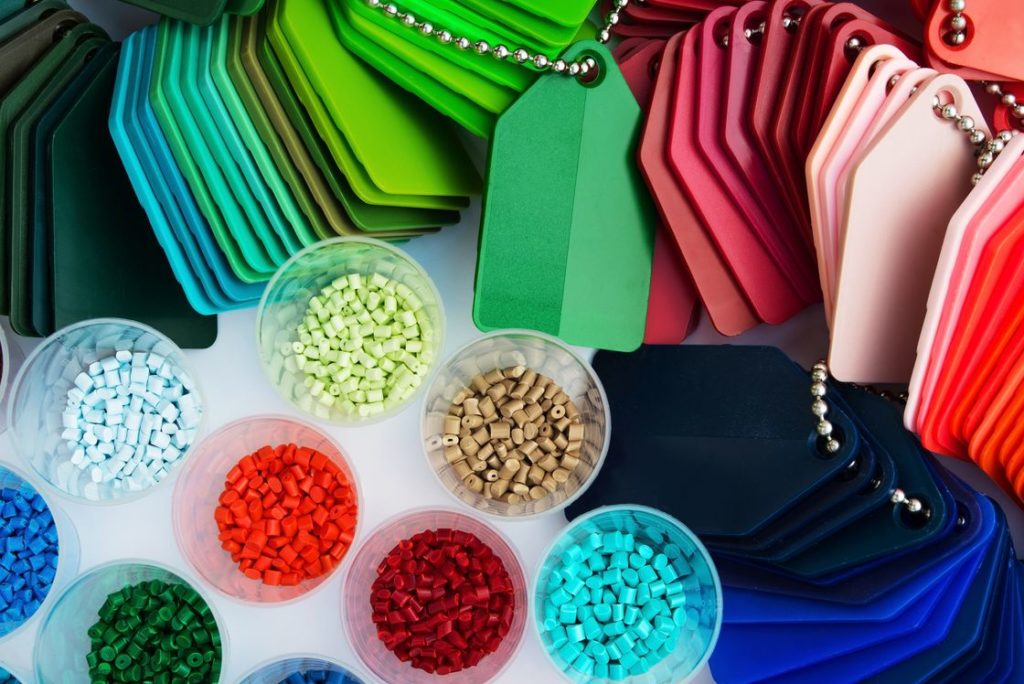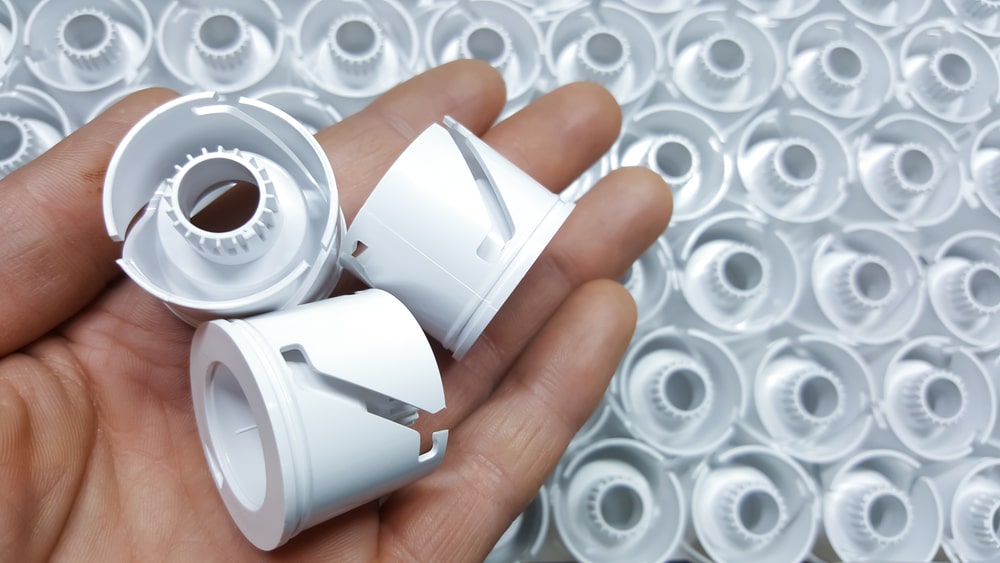The cost to make a small injection mold typically ranges from $1,000 to $5,000, depending on design complexity and materials used.

Factors Influencing the Cost of Injection Molds
Injection molding is a commonly used manufacturing process in various industries. The cost of creating injection molds, crucial for this process, can vary significantly based on several factors. Understanding these factors can help businesses make informed decisions about their injection molding projects.
Size and Complexity of the Mold
The size and complexity of the mold directly influence its price. Larger molds require more material, longer machine times, and often more intricate designs, which increase costs.
- Size: A mold with dimensions of 300x300x250mm might cost around $10,000, while one measuring 500x500x400mm could be upwards of $20,000.
- Complexity: Molds with intricate details or undercuts typically require advanced machinery and skills, increasing the cost by 15-30%.
Material Selection
The material chosen for the mold plays a crucial role in determining its price. Different materials have varying prices, durability, and production speeds.
- Steel: Often used for its durability, steel molds can last for over 500,000 cycles but might cost between $12,000 to $25,000 based on size and complexity.
- Aluminum: More affordable than steel and faster to machine but has a shorter lifespan of around 100,000 cycles. Costs might range from $8,000 to $18,000.
Number of Cavities
The number of cavities in a mold determines how many parts can be produced in a single cycle. More cavities mean faster production but at a higher cost.
- Single cavity: Costs might be around $10,000.
- Multi-cavity (e.g., 8 cavities): The cost can jump to approximately $40,000 due to the increased complexity and size.
Mold Base
The mold base supports the mold cavity and is crucial for its efficiency and quality. Standard bases are more affordable, while custom ones tailored for specific projects might cost more.
- Standard base: Costs around $2,000 to $5,000.
- Custom base: Ranges from $7,000 to $15,000, depending on specifications and size.
Surface Finish Requirements
The finish of the final product, determined by the mold’s surface, can influence costs. High-gloss finishes or textures might necessitate additional machining or post-processing.
- Basic finish: Might add $500 to $1,000 to the mold cost.
- High-gloss or textured finish: Can increase the cost by $2,000 to $5,000.
Steps in Making an Injection Mold and Their Cost Implications
The process of crafting an injection mold involves several intricate steps. Each of these phases impacts the overall cost, and understanding them can provide clarity to anyone considering injection molding as a production method.
Design and CAD Prototyping
The initial step in mold creation involves designing the part using computer-aided design (CAD) software. The design must consider the part’s function, material flow, and any potential defects.
- Cost: Designing using CAD software typically costs between $50 to $100 per hour. Given that a complex design might take up to 20 hours, the total can range from $1,000 to $2,000.
- Time: A simple design might take 5 hours, while a complex one can extend to 20 hours or more.
- Advantages: CAD prototyping allows for rapid design changes and visualization before actual production, saving money in the long run.
CNC Machining or 3D Printing of the Mold
Once the design gets finalized, it transitions into physical creation through CNC machining or 3D printing.
- CNC Machining: Utilizing a computer-controlled machine to carve the mold from a block of metal.
- Cost: Between $75 to $150 per hour, with a typical mold taking 50 hours, amounting to $3,750 to $7,500.
- Speed: It can produce molds in a few days to a week depending on complexity.
- 3D Printing: An additive method where material gets layered to form the mold.
- Cost: Ranges from $25 to $100 per hour, with an average mold requiring 40 hours, leading to a price of $1,000 to $4,000.
- Advantages: Faster and often cheaper, especially for prototypes or less durable molds.
Testing and Refinement
After initial production, the mold undergoes testing to ensure quality and functionality. If issues arise, refinement is necessary.
- Cost: Testing can cost anywhere from $1,000 to $5,000 depending on the size and complexity of the mold.
- Time: Depending on the issues, refinement can add an additional week to the production timeline.
- Value: This step is crucial. Detecting problems early can save significant money in the long run by avoiding defective final products.
Final Mold Production
Once testing and refinement conclude, the final mold gets produced.
- Cost: If the initial mold was made using 3D printing for testing, transitioning to a more durable CNC-machined mold could cost an additional $5,000 to $15,000.
- Time: Production might take another week, but this varies based on mold complexity.
- Quality: The final mold’s quality will significantly impact the final product’s quality, so investing in this stage can pay dividends in product value.
Labor Costs and Geographical Variations
The intricacies of injection molding require specific expertise, and the workforce involved can dramatically impact the total costs. However, labor rates aren’t uniform worldwide; geographical variations play a significant role in the overall cost of injection molding projects.
Skilled Labor vs. Unskilled Labor
The distinction between skilled and unskilled labor in the realm of injection molding is crucial. Skilled workers have specialized training, perhaps years of experience, and deep knowledge of the machinery and process.
- Skilled Labor:
- Cost: In the United States, skilled labor rates for injection molding specialists might range from $25 to $50 per hour.
- Advantages: Higher efficiency, precision, and reduced error rates. While skilled labor is more expensive, they can significantly enhance the quality of the final product.
- Time: Skilled workers can often complete tasks in less time. For instance, what takes an unskilled worker 5 hours might only take a skilled worker 3 hours.
- Unskilled Labor:
- Cost: Generally costs between $10 to $20 per hour in the United States.
- Drawbacks: While cheaper, unskilled labor might lack the expertise to handle complex molds, potentially leading to more errors and higher long-term costs.
- Speed: Tasks might take longer due to a lack of familiarity or expertise with the machinery.
Cost Variations by Region or Country
Labor costs can fluctuate significantly based on the region or country, often due to economic conditions, demand for services, and local regulations.
- United States: As mentioned, skilled labor can cost between $25 to $50 per hour, while unskilled labor ranges from $10 to $20.
- China: Known for its competitive labor rates, skilled workers might earn $8 to $20 per hour, while unskilled labor could be as low as $3 to $10 per hour.
- Germany: As a hub for high-quality manufacturing in Europe, skilled labor rates might range between $30 to $60, and unskilled rates might be between $15 to $30.
- India: With a booming manufacturing sector, skilled labor in India might cost $5 to $15 per hour, while unskilled labor can range from $2 to $8.
- Brazil: In South America’s largest economy, skilled workers can expect $10 to $25 per hour, and unskilled labor might earn $4 to $10.

Ways to Reduce Injection Mold Costs
Optimizing injection molding costs is essential for businesses to stay competitive. Thankfully, there are several strategies to minimize expenses without compromising the quality of the final product.
Using Pre-Made Mold Bases
Instead of customizing an entire mold base, companies can opt for standardized, pre-made bases, and only customize the cavities.
- Cost Savings: Using a pre-made mold base can save anywhere from 20% to 50% of the mold base cost. A custom mold base might cost $5,000, but with a pre-made version, you could spend as little as $2,500.
- Time Efficiency: The lead time can be reduced significantly. Custom bases might take up to 3 weeks to produce, while a pre-made base is ready for immediate use.
- Drawbacks: While efficient in cost and time, this method may not be suitable for highly specialized or unique products.
Simplifying Mold Design
A simpler design often leads to reduced costs due to fewer components, less material, and shorter production time.
- Material Savings: Simplifying the design might reduce material usage by 10-20%, translating to cost reductions of $500 to $1,000 on a $5,000 mold.
- Speed: A streamlined design can cut production time by 25%, meaning if the original timeline was 4 weeks, it could be reduced to 3 weeks.
- Advantages: Beyond cost and time savings, a simpler design can also enhance the mold’s lifespan due to fewer wear-and-tear points.
- Considerations: Ensure that simplifying the design doesn’t compromise the final product’s functionality or quality.
Outsourcing to Lower-Cost Regions
Transferring production to areas with cheaper labor and production costs can lead to significant savings.
- Cost Variations: As previously noted, labor costs in countries like China or India can be significantly lower than in the United States or Germany. A mold that costs $10,000 in the US might only cost $5,000 in China.
- Quality Control: It’s essential to vet and regularly assess the quality of work from outsourced providers. Some regions have gained reputations for high-quality production at competitive rates.
- Other Savings: Beyond labor, savings can also be derived from lower material costs, facility overheads, and even tax benefits in some countries.
- Considerations: Outsourcing can introduce challenges such as communication barriers, time zone differences, and shipping costs. It’s crucial to weigh these against the potential savings.

Maintenance and Lifespan of Small Injection Molds
Proper maintenance and understanding the lifespan of injection molds are critical for optimizing production runs and achieving consistent product quality. Molds, especially in injection molding, represent a significant investment, so it’s vital to ensure their longevity.
Routine Maintenance and Its Costs
Routine maintenance helps in extending the mold’s life and ensures consistent product quality. Ignoring regular check-ups can lead to higher long-term costs due to premature mold wear or damage.
- Frequency: Ideally, molds should undergo a basic cleaning and inspection after every cycle. Comprehensive maintenance should be scheduled after every 10,000 cycles or as advised by the mold manufacturer.
- Maintenance Tasks: This includes cleaning off any residual material, lubricating moving parts, checking for wear or damage, and occasionally resurfacing mold parts.
- Cost: Maintenance can cost between $100 to $500 per session, depending on the complexity and size of the mold. These costs encompass labor, tools, and any replacement parts.
- Benefits: Regular maintenance can boost the mold’s efficiency, reducing production time and minimizing scrapped products due to mold inconsistencies.
- Drawbacks: While routine maintenance introduces downtime in production, the benefits in terms of mold longevity and product quality far outweigh the temporary halts.
Expected Lifespan and Depreciation
The lifespan of a mold depends on various factors, including the material used, the complexity of the mold, and maintenance frequency.
- Material Impact: Hardened steel molds have a longer lifespan, potentially up to 1 million cycles, while aluminum molds might last for roughly 100,000 cycles.
- Depreciation: Like all assets, molds experience depreciation. If a mold costs $10,000 and has an expected lifespan of 10 years (or 1 million cycles), it would depreciate at roughly $1,000 per year or $0.01 per cycle.
- Replacement Considerations: Beyond the physical lifespan, one should consider technological obsolescence. Newer mold designs or technologies might render an existing mold outdated before it physically wears out.
- Factors Affecting Lifespan: Consistent high-temperature molding, abrasive materials, and lack of maintenance can reduce a mold’s lifespan. On the contrary, using the mold within its specified parameters and regular maintenance can extend its life.




